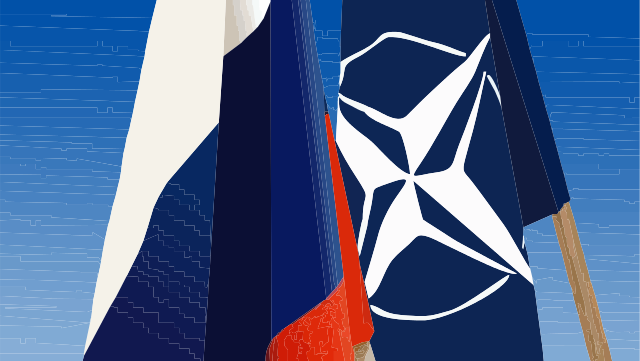Prime Minister Stephen Harper recently returned from his five-day long tour of Canada’s Arctic region, an annual event meant to underline of the current government’s main policy tenets – Arctic sovereignty.
Harper’s trip coincided with a series of military exercises in the region – Operation Nunalivut in the High Arctic, Operation Nunakput in the western Arctic, and the largest of the three, Operation Nanook, in Canada’s Eastern and High Arctic. Operation Nanook began on August 6th and concluded on August 29th, involving approximately 900 troops and demonstrating an increased capacity to conduct and sustain Canadian Forces operations in the north. Among the Operation’s achievements was the northern-most deployment of the Arctic Response Company Group as well as the first deployment of the Maritime Component Command in the Arctic. Conducted by Joint Task Force (North), the joint operation also featured sovereignty and presence patrols, Composite Dive Team exercises, Arctic survival training, and included the participation of ships, aircraft, and personnel from the Canadian Rangers, Army, Navy, Air, and Special Forces. The Operation ended with a whole-of-government spill response training exercise that included the remediation of a simulated petrochemical leak in the Resolute Bay area of Nunavut. “All these efforts are towards one non-negotiable priority and that is the protection and promotion of Canada’s sovereignty over what is our north,” said Harper in a speech to the troops.
Canada’s sovereignty has been one of Harper’s main policy focuses since winning the 2006 federal elections. In May of 2008, the Harper government released its “Canada First Defence Strategy”, identifying six core missions, first among them being the conduct of daily domestic and continental operations, including tasks in the Arctic and operations as a part of the North American Aerospace Defence Command (NORAD).
The Arctic has become a hot issue so to speak as Canada is formally involved in territorial disputes with two other Arctic claimants: the United States over the Beaufort Sea lying between the Northwest Territories, the Yukon Territory and the American state of Alaska, and Denmark over Hans Island, between Canada’s Ellesmere Island and Denmark’s Greenland possession on the other end of the Arctic. The status of the Northwest Passage, a sea route through the Arctic Ocean, which is becoming more accessible with the melting of the polar ice cap, is also in dispute. The United States, Canada and Denmark, three of the 12 founding members of NATO, coordinated their strategies and in this year’s Operation Nanook have for the first time collectively participated in military exercises in the Arctic region.
The scramble for the Arctic is bound to intensify, as it reportedly contains 30 percent of the world’s undiscovered natural gas and 13 percent of undiscovered oil. The effects of global warming are making access to these resources ever more possible and thus a pressing geopolitical issue. The five Arctic-shore countries – Canada, the US, Denmark, Norway, and Russia – are equally interested in extending their Arctic territories and need a consensus legitimizing the contours of their possessions. In January 2009, NATO conducted a two-day Seminar on Security Prospects in the High North, hosted by the Icelandic Government, to address these emerging challenges. The serving Secretary General Mr. De Hoop Scheffer pointed to a number of contributions that NATO could make in this respect, including relief operations, search and rescue missions, as well as serving as a forum of discussion and utilizing the opportunities inherent to the NATO-Russia Council.
Indeed Russian exercises in the Arctic were highlighted during Harper’s Arctic tour. Canada dispatched CF-18 fighter jets to allegedly ward off two Russian Tupolev Tu-95 strategic bombers that were patrolling off of Canada’s northern border, but never breached Canada’s sovereignty. The ability to actually exercise sovereignty in the Arctic has prompted the Harper government to make investments into the next generation of Radarsat advanced sensing satellites as well as committing to replace Canada’s aging fighter jets. Although Harper’s Arctic tour brought much needed attention to Canada’s northern border, if Canada doesn’t wish to “lose it”, it must “use it” – not only for military exercises or for resource extradition, but as a viable economic and cultural part of Canada.
By Monika Wyrzykowska
Source: Canada Opens Arctic to NATO, Plans Massive Weapons Buildup, NATO Discusses Security Prospects in the High North, Speech by NATO Secretary General Jaap de Hoop Scheffer on Security Prospects in the High North, Operation Nanook Reaches Successful Conclusion, Canada First Defence Strategy, Canadian Troops Flex Muscle in Arctic Exercise, The Russians Aren’t Coming, Russia’s Deepest Interests are Linked to the Arctic
Photo Source: Chris Wattie, Reuters
*Disclaimer: The opinions expressed in this article are solely of the author’s, and do not represent those of The NATO Council of Canada.


